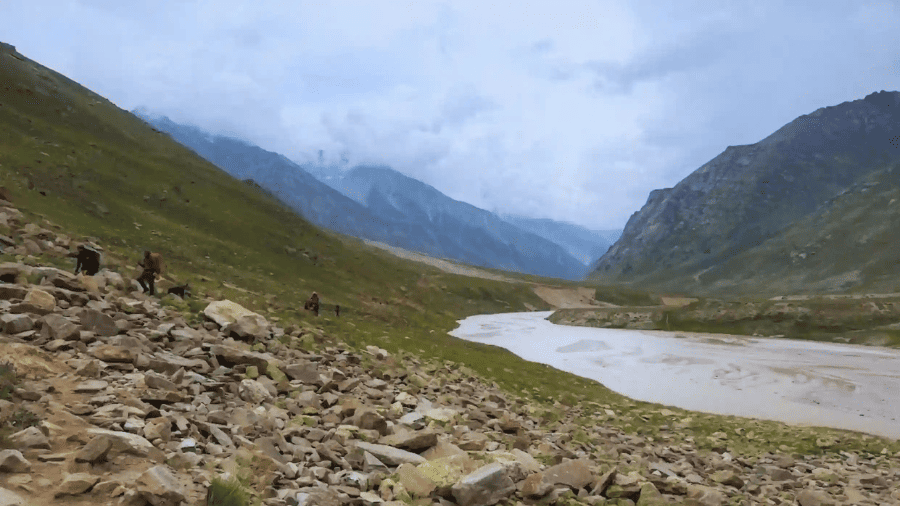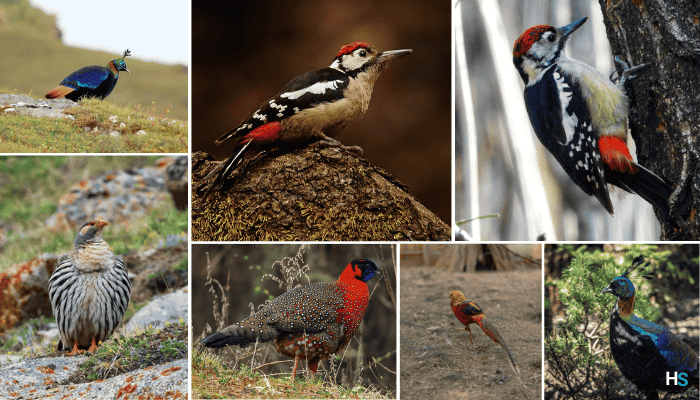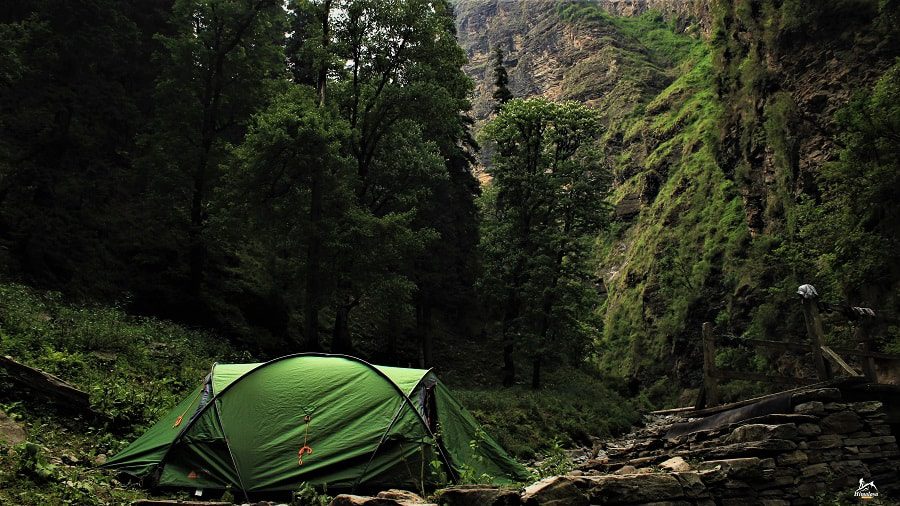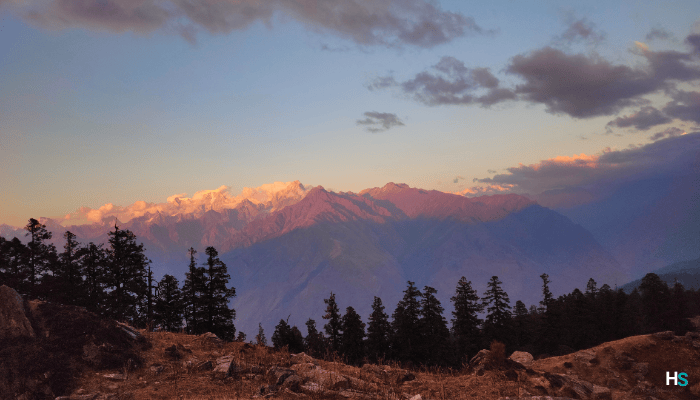
what is layering and how to choose clothes for trekking :
The beauty of a Himalayan trek can be spellbinding. It motivates some, and captivates others. Whatever the reason may be, Trekking is becoming increasingly popular with the advent of a more connected world, with more and more trekking routes documented digitally, the information is readily available. The popularity of Himalayan treks which were otherwise a Taboo in the Trekkers communities are now more and more frequented. Winter Treks have become immensely popular, and more trekkers are turning towards high altitude treks. In either case, a trekker is exposed to harsh weather conditions, with extreme temperatures and an unpredictable weather.
While many factors are to be considered, in safeguarding the self, one important factor which is often overlooked is the appropriate set of clothing one must be carrying for the trek. People more than often over-pack, which adds to their weight, a downside for any trekker. The fear of the unknown instinctively prompts us to carry more, and by the time the trek ends, half of our clothes do not get utilized. Sometime the mistake of not carrying enough can be even more scary, as an extreme situation can lead of a mishap. It is with this in mind that the “concept of layering” needs to be understood by every Trekker, planning their next Himalayan trek.
What is Layering?
“Layering” is a widely understood concept in the mountaineering world. The concept essentially divides the clothing into 3 different categories or layers, with each layer serving a different purpose. Let’s try to understand the purpose of each layer –
1. First Layer or Base Layer
As the name suggests, base layer is the first layer, which an individual wears next to their skin. Our bodies produce a lot of heat when we do any acitivity such as walking or jogging, or ascending a trail. In fact as much as 80% of our effort goes into production of heat. In order to regulate our body temperature, in response to this heat, we perspire (or sweat).
It is thus undisputed that an layer which is worn next to the skin should be able to wick this perspiration away, keeping our skin dry, failing which illness can be quick to strike. A wet base layer can be a nightmare in cold and damp conditions on a winter or a high altitude trek, with prolonged exposure leading to hypothermia in severe cases, which can be life threatening.
A quick dry T-Shirt or Warmer made of out hydrophobic fabrics such as Polyester or Nylon are the best choices available. For those than may be conscious of synthetic fabrics, fine wools such as “merino” will be the appropriate choice. In no conditions should you opt for Cotton layers, as cotton absorbs moisture to a great extent and is thus counterproductive to the very purpose of a base layer.
2. Second Layer or Insulating Layer
Insulation layer does the job of insulating against the cold weather conditions. Any cloth that can trap body heat, in the form of warm air pockets can be qualified as part of this insulating layer. A woolen sweater, a padded or down jacket, a fleece, these all comprise this “insulating layer”. In case of Insulating layer you can always add or reduce the number of Clothes that do this job, example, you can be wearing a fleece and a down jacket on top of it and these both serve the same purpose, i.e. “Insulation” and thus make up the Second Layer collectively.
It is always recommended to carry multiple light clothes that serve this purpose, as by doing so you can easily adjust the amount of warmth you may need in different weather conditions, rather than a single bulky jacket which may not work for all situations.
3. Third Layer or Shell Layer
The purpose of a Shell layer in one word is to “protect”. Weather in the mountains can change spontaneously. It is thus important to be able to protect yourself, while on the trail. A shell layer has the ability to protect yourself from weather conditions such as rain, snowfall, excessive wind etc. A good waterproof jacket is a good bet to safeguard against such conditions, as it can work both for wind and snow as well. However be certain to use them when the weather really calls for it. The downside is that these waterproof layers are generally not breathable, i.e. they can trap the perspiration from the body and any clothes that you may be wearing under it may get wet.
Things to consider while selecting the right clothes –
Based on the above understanding of layering, a few quick dry Shirts or T-Shirts depending on the number of days, a couple of synthetic/woolen warmers, along with a pair of fleece, a light padded jacket and a good breathable Waterproof Jacket can complete all the components of this “Layering” system and can help you sustain in all kinds of weather.
While selecting other protective clothing, be sure to pay attention to certain important points, such as avoid any cotton clothing even for underwear or socks as cotton retains moisture and can lead to chaffing or skin irritation, rather quickly. Always cover your head, with a beanie in cold weather and with a cap when under the sun. Covering maximum exposed skin by wearing full sleeve shirts (& not half or sleeveless) and full length trousers (instead of shorts) can avoid UV burns or insect bites to a great extent. These are some additional considerations you can take in order to choose the right clothing for your treks.
Uttarakhand Treks | treks in Uttarakhand | Treks from Dehradun | trekking in Dehradun | Trekking companies in Dehradun | Har Ki Dun trek | Bali Pass trek | Phulara Ridge Trek | Kedarkantha Trek| Dayara Bugyal trek | Gaumukh Tapovan trek | Kashmir Great Lakes trek | Valley of Flowers trek | Nag Tibba Trek
About Author

Abhishek Sohu
I am an individual passionate about outdoors & adventure sports, with over 5 years of work experience related to Trekking. I have trekked extensively in the Uttarakhand Himalayas, alongwith Spiti, Ladakh, & Arunachal, covering many remote treks in the recent years. I aim to promote sustainable trekking practices in the Himalayas.
Recent news

23 Dec 2025

20 Dec 2025

18 Dec 2025

16 Dec 2025

10 Dec 2025